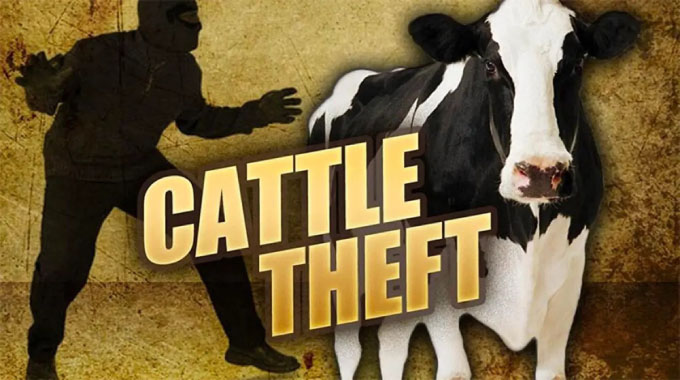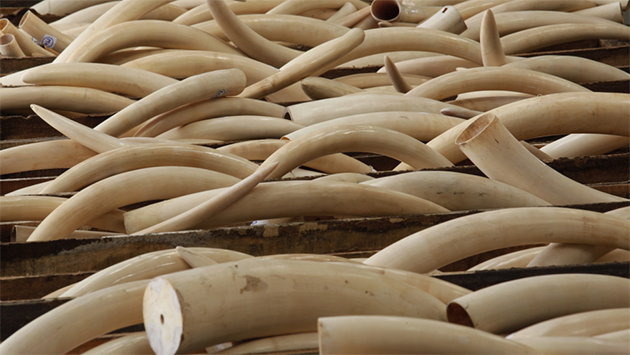International Museums Day: Top 5 Museums in Zim

Maita Zizhou, [email protected]
Today is International Museum Day and this year’s theme is Museums, Sustainability and Well-being.
This theme encourages museums to focus on how they can contribute to a sustainable and equitable future. Museums should strive to create spaces where people can learn, share, and collaborate to build a better future.
Museums contribute significantly to the well-being and sustainable development of our communities. They are uniquely positioned to influence positive change as trusted institutions and important threads in our shared social fabric.
Museums can shape our culture and collective understanding of the world around us. Museums can contribute to the Sustainable Development Goals by supporting climate action and fostering inclusivity.
Museums can also promote cultural diversity, enhance economic growth, and create jobs. Finally, museums can act as a platform for dialogue and collaboration between people from diverse backgrounds. Zimbabwe boasts several museums to visit. These museums hold significant potential to teach visitors about the country’s history and culture. They can also serve as centres of knowledge and research, and drive social and environmental change. Zimbabwe’s top 5 Museums to visit are:
- Bulawayo Railway Museum
It is located along Prospect Avenue and Crew Road. The Railway Museum provides a fascinating insight into Zimbabwe’s history and a bygone era of transport. There are several outstanding exhibits in the museum that highlight the development of new frontiers during the past century.

Railways Museum in Bulawayo
- Natural History Museum
The Natural Museum of Zimbabwe located in Centenary Park in Bulawayo, was built in 1962. In 1982, all the natural science collections were moved here and it was renamed the Natural History Museum of Zimbabwe. With its stunning displays and valuable research collections, it is the most impressive museum in Southern Africa. It ranks fourth in size among Africa’s museums. The museum showcases many collections, including artefacts, fossils, and minerals. It also houses a live snake display for visitors. Visitors can explore the museum’s interactive exhibits and learn about Zimbabwe’s natural history.

Natural History Museum in Bulawayo
- National Gallery of Zimbabwe in Bulawayo
Housed in one of the country’s finest monuments, the National Gallery in Bulawayo is an exceptional facility, holding invigorating and challenging exhibitions. It showcases the history of art and culture, with collections of paintings, sculptures and many other art forms. The museum also hosts educational events and workshops, allowing visitors to further engage with the artwork. It is a major cultural asset in the city, and a must-see for anyone visiting the area.

National Gallery of Zimbabwe in Bulawayo
- Shona Sculpture Gallery
Located at 20 Airport Road in Harare, the Shona Sculpture Gallery has an exhibition space for art and sculpture. The gallery showcases the best pieces of Shona sculpture. In the heart of the city, our sculpture garden provides a luxurious and verdant oasis. It is a haven of tranquility and calm where visitors can enjoy works large and small by the renowned names of Zimbabwe’s sculptors – the most famous names alongside outstanding contemporary artists. Our gallery offers an unparalleled insight into the creative process and a chance to understand the culture and heritage of ancient and vibrant people.

Rising Star by Anthony Masamba on display at Shona Sculpture Gallery
- Tengengenge Farm
Tengenenge is about 130km north of Harare and situated against the Great Dyke and appears to be a typical African village in Zimbabwe. However, at Tengenenge almost everyone, male or female, is a sculptor working on the superior quality serpentine and springstone mined locally from the Great Dyke. Tengenenge has become a major artistic centre in Zimbabwe, as well as a popular tourist destination. The village has produced over 600 sculptures in its 30-year history. The village is an open-air gallery where many sculptures are exhibited, each on a sculptor’s own stand.












Comments